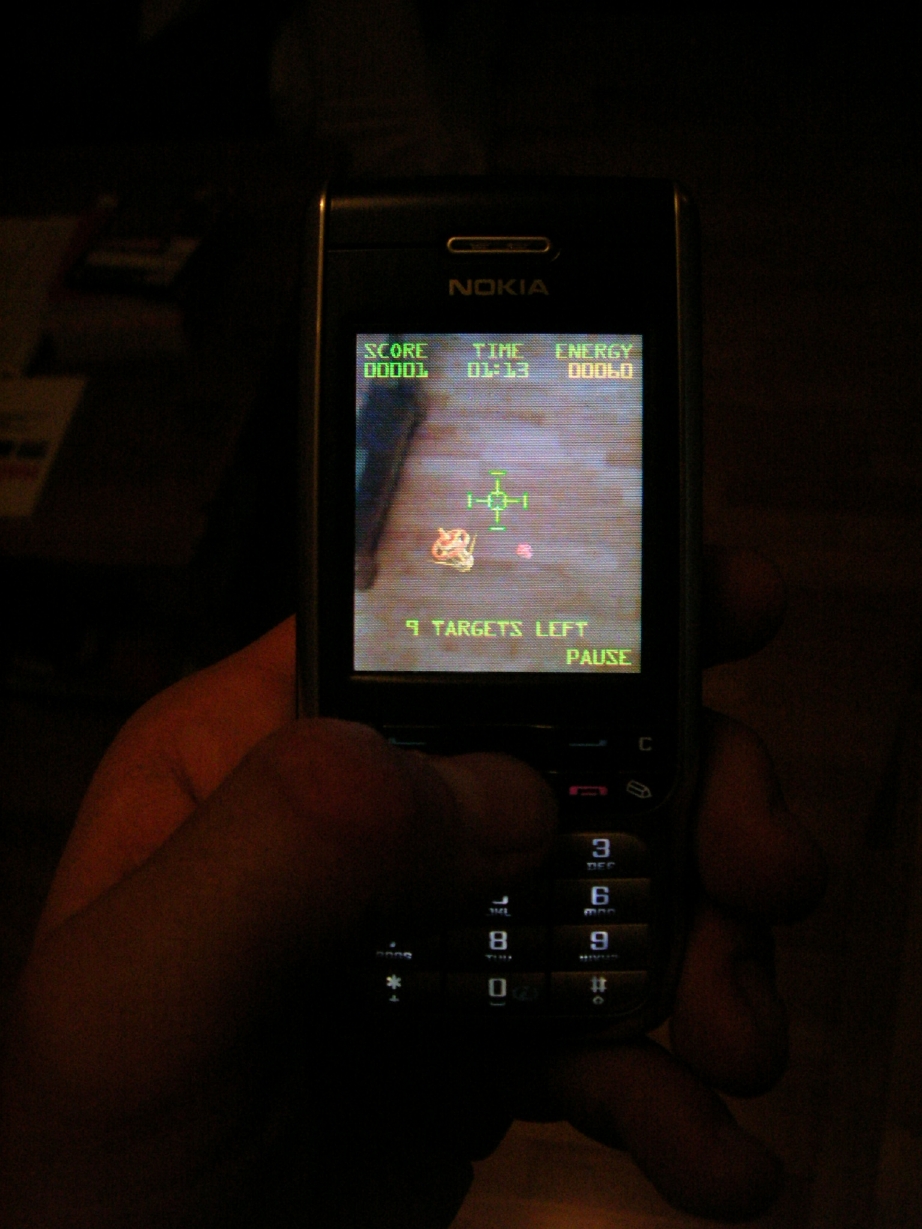Just read that paper (Via Infosthetic):
Katy Börner, Shashikant Penumarthy: Social diffusion patterns in three-dimensional virtual worlds , Information Visualization 2(3): 182-198 (2003).
The paper is about a visualization tool set that can be used to visualize the evolution of three-dimensional (3D) virtual environments, the distribution of their virtual inhabitants over time and space, the formation and diffusion of groups, the influence of group leaders, and the environmental and social influences on chat and diffusion patterns for small (1 – 100 participants) but also rather large user groups (more than 100 participants).
Resulting visualizations can and have been used to ease social navigation in 3D virtual worlds, help evaluate and optimize the design of virtual worlds, and provide a means to study the communities evolving in virtual worlds. The visualizations are particularly valuable for analyzing events that are spread out in time and/or space or events that involve a very large number of participants.

This sort of work is very important for studying users/players' behavior virtual space:
extending the work on the spatial-temporal diffusion of groups presented in the section on spatio-temporal diffusion of social groups, user studies will be conducted to examine the influence of spatial, semantic, and social factors on dynamic group behavior. While spatial maps can be used to depict the influence of a world layout and positions of other users on the diffusion of users, they may also help to visualize the influence of spatially referenced semantic information, information access points, on the pathways users take.
The visualizations presented in the paper have three main user groups: Users in need of
social navigation support, designers concerned with evaluating and optimizing their worlds and researchers. Even though this is more related to space/time visualization, It reminds me the work of Nicolas Ducheneaut I've seen when I visited him; in the sense that he and his colleagues are interested in "social dashboards" (information visualization tools for community managers of MMORPG). They're more concerned about social aspects (for people who are interested in what they do, the patent is not publicly disclosed yet).
Why do I blog this? clearly this is connected to my research about studying people behavior (communicate, move, act together) in certain technological scenes (virtual worlds but also pervasive computing). For that matter, and like in my masters and PhD project, the use of such visualization (and replay features) is interesting. I also use this sort of visualization (mostly to help me analyzing how people behave in space), for instance in CatchBob:


In addition, since I work with game designers, trying to show them new tools and ideas to improve their work, this sort of research is important so that level modeling and gameplay could be modified.
In addition, I am intrigued by this idea of feeding back the user with visualization (in this paper, it's about social visualization): how can players could benefits from them? would it be valuable to give them a social mirror of their activities (individual or group one)? That's also something I discussed with Nicolas at PARC when I saw his visualization of WoW: how information about a guild (like the evolution of the guild participation or the size of the network over time) could be fed back to the users? would it be valuable for them? how would that change the socio-cognitive processes accordingly?
Mmh a good research topic to investigate for my post-phd life.





 A japanese media artist, building electronic/physical instruments (and designing games such as
A japanese media artist, building electronic/physical instruments (and designing games such as 








